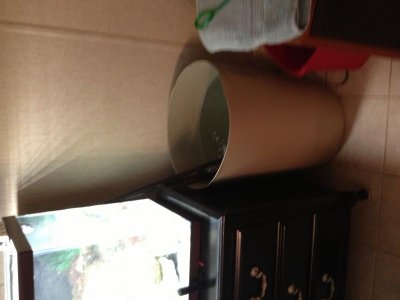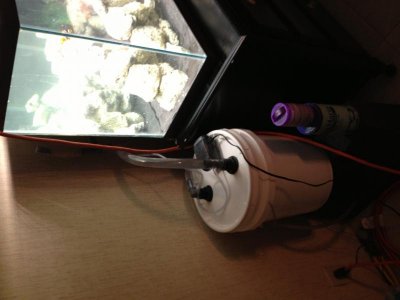The Plummer
New member
Would a salt water fern and/or a dead man's finger plant be a good start in phosphate binding/removal?
Would a salt water fern and/or a dead man's finger plant be a good start in phosphate binding/removal?
Chaeto and ulva get my vote. In a study i read, Chaeto, cladophora (i don't think anyone wants this) and ulva were the top exporters of phosphates. However, ulva actually outgrew the chaeto, so maybe it would be a wash since they measured phosphate levels by a set sample size.
My apologies if this was covered already in the 70 or so pages of this thread (such a good one!!!) BUT it seems like dry oolitic sand and perhaps adding into the mixture argonite sand (for phosphates) is the way to go- would it help or hinder the seeding of the DSB to get a little bit of bagged LS from the LFS and add that into the mix as well? CaribSea or other?
Thanks! I'm buying supplies then today!
How many gallons is the system that is being covered by that setup Plummer?
I have only two strikes against this method. First is that some of these beds are very deep and even at the high flow rates suggested they run the risk of going totally anaerobic.
I think what there referring too is there is a "sweet spot" depth wise where the majority of the anoxic bacteria reside in. The deeper the sand bed below that spot, has significantly diminishing returns and will only benefit is PH buffering.I'm sure this at least one of these questions were asked before but haven't seen it yet reading through.
- Are there any issues with cycling or diatoms when adding a new bucket of sand or taking down an old bucket of sand? (Dry aragonite sand)
As long as your making sure the water is filtered prior to entering the bucket, your doing the best you can.
- How do you know when the sand is getting "old" and too nutrient rich? Is it an annual replacement thing. If the sand bed is deep enough, the anoxic water will have an acidic PH. The acidic water dissolves the aragonite that its in contact with, that's where the PH buffering comes from. Over time, you will necessarily have to open the bucket and add more new sand. This replenishes the natural phosphate sponge characteristics of the aragonite. Now as old sand is dissolved, the phosphates are also released into the water colum, but that's what your macro algae, protein skimmer, and phosban is for. As long as I'm at it, I believe I read that maintaining a PH OF 8.4 is the optimum PH for phosphate to diffuse back and forth between the rock and water. So my way of thinking, if you maintain as near 8.4PH & maintain excellent phosphate removal, your phosphate sponge will never fill up ( old tank syndrome).
- What does this mean (taken from Natural Filtration Part 3 in Reefkeeping Mag):
Don't we want it to be anaerobic?
As long as your making sure the water is filtered prior to entering the bucket, your doing the best you can.
Thank you. ^^^
I wasn't worried about the sand itself having issues. I was referring to the sand causing a mini-cycle (supposedly when you add a lot of new rock, dry or live, to an established tank it can cause a mini-cycle, not sure if this is true or if it applies to sand)
I was also concerned about adding a bunch of new sand that might cause a diatom bloom in the display.
Hey Plummer can you post a pic of your system?
Thanks!


